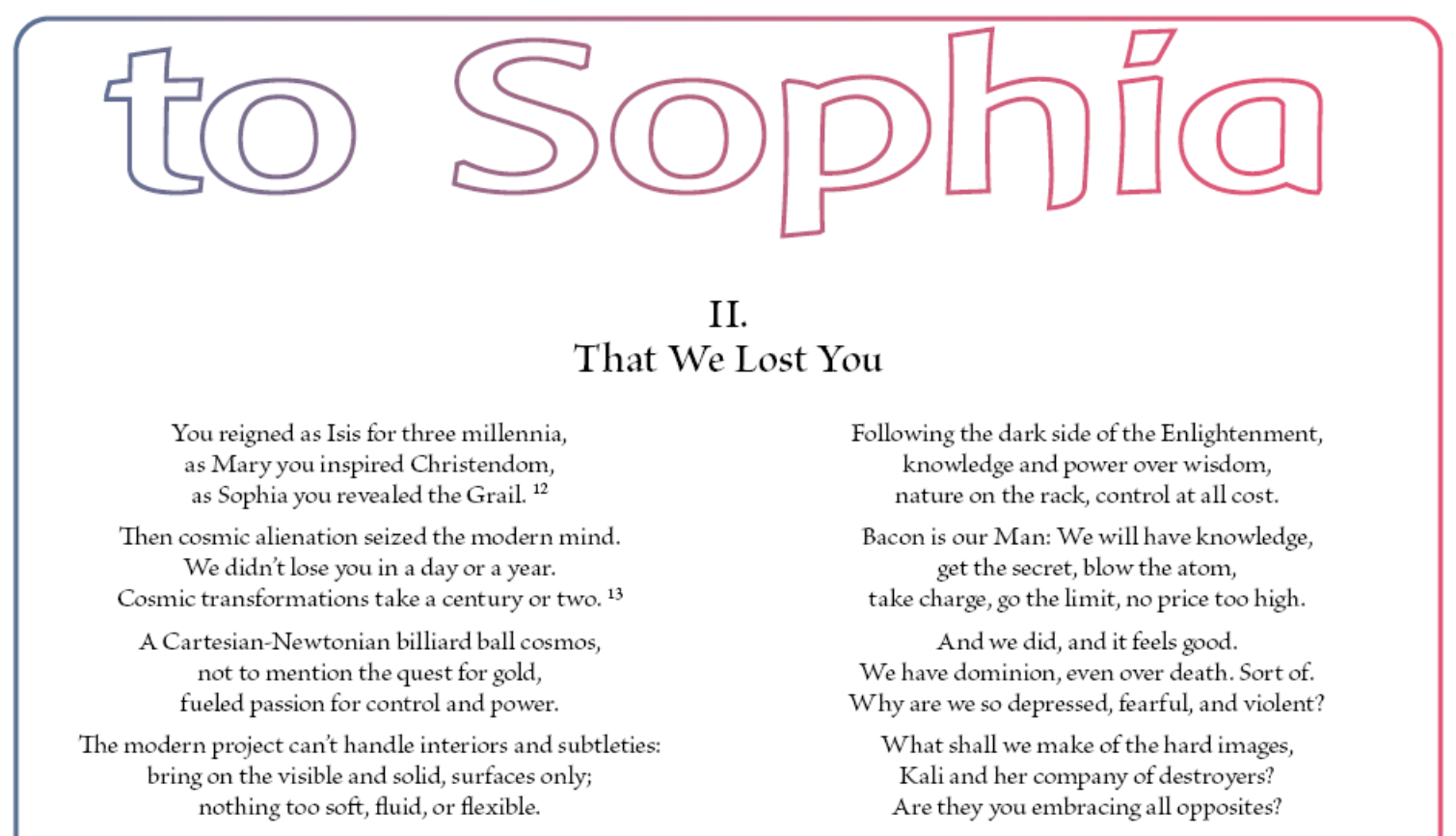
4 minute read
The Secret Language of Form
(Above) The Maori art of New Zealand depicts the weaving life forces behind all growth and symbolized in the koru or spiral.
The Secret Language of Form: Visual Meaning in Art and Nature by Van James; Rudolf Steiner College Press. Reviewed by Dennis Klocek
Richly illustrated, and thoroughly documented, The Secret Language of Form is a highly rewarding book. It is at once a sweeping reference work full of scholarly insight for historians, and an artistic banquet for visual artists wishing to become more adept in using symbols. This is to say nothing of the profound esoteric underpinnings of Van James’s thesis that at the root of artistic form is a spiritual content that intrinsically points beyond the whole sensory sphere into a higher sphere of activity that supports ritual practice, esoteric instruction, and the whole process of initiation. In this absorbing and beautiful work, Van James brilliantly weaves a stunning tapestry from the most ancient times up to today.

Most tribal patterns are, as Rudolf Steiner says about the graphic arts, “...derived from and pointing to the human form.”
The initial part of the book explores the uses of artistic elements such as curved and straight lines, points, dots, circles, spirals, zigzags, ladder forms, symmetry, crosses, swastikas, and other fundamentals of the visual language. These elements are then lifted into expositions on fundamental motifs such as the mandala, the labyrinth, the thread, and the knot in both Eastern religious and Western alchemical art. Throughout this section, Van James reveals his superb mastery of and devotion to the spiritual foundations of art as revealed through art history and the spiritual traditions of indigenous peoples.

However, all of this richness is just the appetizer, for in part two the book begins to soar into an invisible world of spirit found in the formative art of nature. This happens while we are continually being held and grounded by the author’s scholarly pacing and depth. In the lead chapter on the essential gesture, the artistic and the scientific are delicately blended into expositions of sensitive crystallizations, water-drop picture methods, Chladni plates, and the work of Hans Jenny, Lawrence Edwards, and Wolfgang Schad. These considerations explore the boundary between art, morphology, fluid dynamics, and the inherent hidden geometries at work behind natural forms. These studies segue into an economical and thought-provoking section on how these kinds of natural forces inform the work of architects, artists, and sculptors who are following the lead of Rudolf Steiner in their creations.

The Australian Aboriginies induct young men into the mysteries of manhood and tribal life by means of covering the neophite’s head so he can only see special forms carved into the ground as elders whisper the tales of the Dreamtime (the genesis) in their ear.



In the brief epilogue Van James dives more deeply into the esoteric streams that support his thesis. He reminds us that Rudolf Steiner said that today we must create a world of art in which the form reveals more than nature expresses.
This is then followed by a jewel of an appendix on the renewal of the mandala in Western esotericism. As a lifelong devotee of the power of mandalic thinking, I could only jubilate that something so elegant, spare, and potent as this chapter has made its way into print. For me, this chapter is the ideal keystone of this most enjoyable, profound, and highly engaging work.
Another appendix, this on the practice of form drawing, once again brings us down to earth, pointing away from the past into the future as the author brings his considerable knowledge and expertise into the realm of pedagogy. We could say that this final section ties an elegant bow on a marvelous journey into the potentials of artistic form to bring healing forces to an ailing humanity. A final appendix is a visual blast not to be missed.

African tribal communities still decorate homes with a language of form and color that indicates the status of those who live in the house.

In the tombs and temples of ancient Egypt, the hieroglyphic writing, the painted pictures, and the design patterns all tell the same story in three different visual languages.

Chromatography or Capillary Dynamolysis creates form pictures of the vitality of any given test solution. Here raw cauliflower juice shows vivid form structures when absorbed in filter paper. However, when cooked the resulting forms lose their dynamic character.

Theodor Schwenk’s Drop Picture Method Rudolf Steiner College Press captures images of fluid mobility in water. The water’s vitality (etheric formative forces) is represented by the diverse form structures; polluted, lifeless water has little form variation.

Similarly, the forms in Sensitive Crystallization experiments can be read to determine heathy or unsound solutions samples. Ehrenfried Pfeiffer developed this method to test the blood of cancer patients (for which he received an honorary Doctor of Medicine degree from the University of Philadelphia).
Artist and author Dennis Klocek directs the Consciousness Studies Program at Rudolf Steiner College. Van James (right) is an international advocate for the arts, editor of Pacifica Journal and award winning author. A graduate of the San Francisco Art Institute, Emerson College, and the Goetheanum Painting School, he has taught at the Honolulu Waldorf School for 25 years.

Van James










